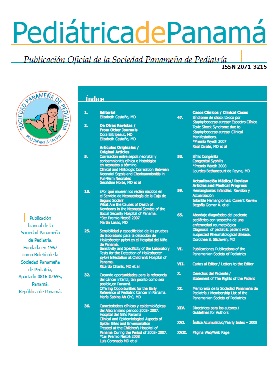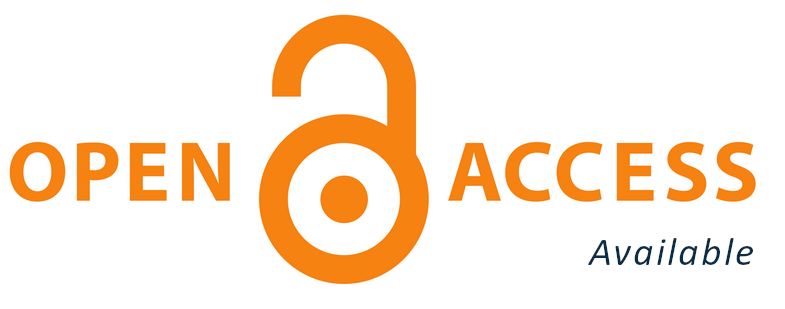Medicine: evidence-based practice
Authors
DOI:
https://doi.org/10.37980/im.journal.rspp.20201703Keywords:
medical practice, evidence-based practiceAbstract
Sangria was a medieval practice to balance the moods of the patient. It was done by putting leeches on the patient's veins. By then, if he survived, it had been thanks to the mastery and expertise of the doctor and, if he died, by God's design. There were no men of science or randomized doctors. Observation and personal experience dictated the procedure that, like this one, resulted in millions of deaths, despite the good intentions of doctors. In 1799, two days before his death, President George Washington had several pints of blood drawn, 40% of his blood volume, to clear his circulation from a sore throat.1 To prevent the remedy from being worse than the disease, the practice of evidence-based medicine is an instrument, also proven. Still, science is fragile, it is vulnerable, and when done with negligence, bias, and fraud, the practice of medicine results in illness and death. It is very naive to believe that all scientific study is the last word, that it is assertive; that every man or woman of science is honest, honest, wise and humble. How science is done is not easy and it is problematic. In the face of doctors with negligent practice or a disregard for evidence, which is far from certainty, and in front of politicians, who make laws and approve policies, who do not withstand the rigor of scientific scrutiny, health is undermined and they impact people's lives, resulting in great losses, human and economic. The practice of medicine is not a popularity contest, it is not a career of complacency, it is not an opportunity for lip service, smile, enthusiasm when the patient seeks certainty and efficiency, health and not disease. The COVID-19 pandemic has been on time to discover what we already know: pandemics push clinicians into situations where prompt decisions are urgent, which are generally based on not good information.
This has not been the exception either, not only to confront, but also to pit doctors against doctors, scientists against scientists and doctors against scientists. Fear and fear, negligence and even fraud have given way, and more impertinence than prudence has been shown. The truth is that ethics in the management of confidentiality has been tested, which is not privacy, which the doctor: patient relationship should enjoy. Confidentiality is trust. It is the trust placed by the patient in the integrity of the doctor, in his knowledge, in his commitment to the professional, scientific and humanistic management of his or her relationship with him or her. For this, the doctor has been educated in a culture of humanism and in the teaching of science, from his method to his own questioning. It is not necessary to point out, once again, that the evidence is growing, of the distrust of the patient in the commitment of the doctor to take care of him over all other interests, including his own. Values and behaviors, that which is professionalism, are in the public light. They cannot be hidden, and if they have been treated, they do not tolerate the passage of time. Sooner or later they discover what they are. Today it happens.
It is not a matter of rhetoric. It is not a matter of theatrical performance or openings to unbridled passions, selfishness, resentment or envy. The seriousness of trust is not exposed to these human swings. Service, accountability, excellence, compliance, duties, respect for others, integrity and honor are all on stage. Those who see all this as an obstacle to the practice of medicine will have to realize, sooner rather than later, that the community has already discovered them. A critical self-scrutiny of the authenticity of our ethics in the practice of medicine is necessary and urgent. With the novel ideas in the twentieth century, Abraham Flexner (Flexner Report, 1910) on medical education and the decisive impulse of the Johns Hopkins School of Medicine, medical education was reformed to focus the practice on a service, learning and research, away from commercial or business interests.
You cannot go back to primeval times, which gave rise to Flexner's concerns. It is not only unpleasant but improper to focus on the differences in clinical criteria in a situation such as the current pandemic, to indicate that there will be doctors who "will run out of patients", as to say, merchants without customers. Worse, when it was applied to those doctors who do not agree to use outside the context of a randomized controlled trial, drugs not tested for COVID-19, just because they have been tested in other human pathologies, or because a mechanism was discovered intimate action in a Petri dish or in a test tube or, because a recommendation pushed by political forces unrelated to medicine was precipitated. Evidence-based medicine has been defined as “the judicious, conscientious and explicit use of the best current evidence to make decisions about the care of individual patients.” 2 As Simon Carley et al. 3 well summarize and point out, medicine based on Evidence rests on three pillars: published evidence, clinical judgment, and patient preferences and values. As these authors point out, this pandemic has not been the exception to the initial axiom and has resulted, from the public health perspective, in a challenge to the way in which medical practice, care of the patient and management of the disease are exercised. disease. A challenge that, if not properly and firmly faced, threatens the patient's safety. The scientific method is the precious instrument for basing medical practice on proven evidence. The research starts from observation to a careful process to know the pathophysiology of the disease, from the animal model to small human trials, which are then taken to larger populations under randomized and controlled studies, the results of which must be repeated and eventually all on the balance of meta-analyzes or systematic reviews. Only then can a robust conclusion and recommendations be drawn up, ensuring efficacy and safety. This, which is a clear and transparent path, seems to hinder the progress of some, because they do not want to walk as it should be.
Downloads
Published
Issue
Section
License
Copyright (c) 2020 Infomedic InternationalDerechos autoriales y de reproducibilidad. La Revista Pediátrica de Panamá es un ente académico, sin fines de lucro, que forma parte de la Sociedad Panameña de Pediatría. Sus publicaciones son de tipo gratuito, para uso individual y académico. El autor, al publicar en la Revista otorga sus derechos permanente para que su contenido sea editado por la Sociedad y distribuido Infomedic International bajo la Licencia de uso de distribución. Las polítcas de distribución dependerán del tipo de envío seleccionado por el autor.






